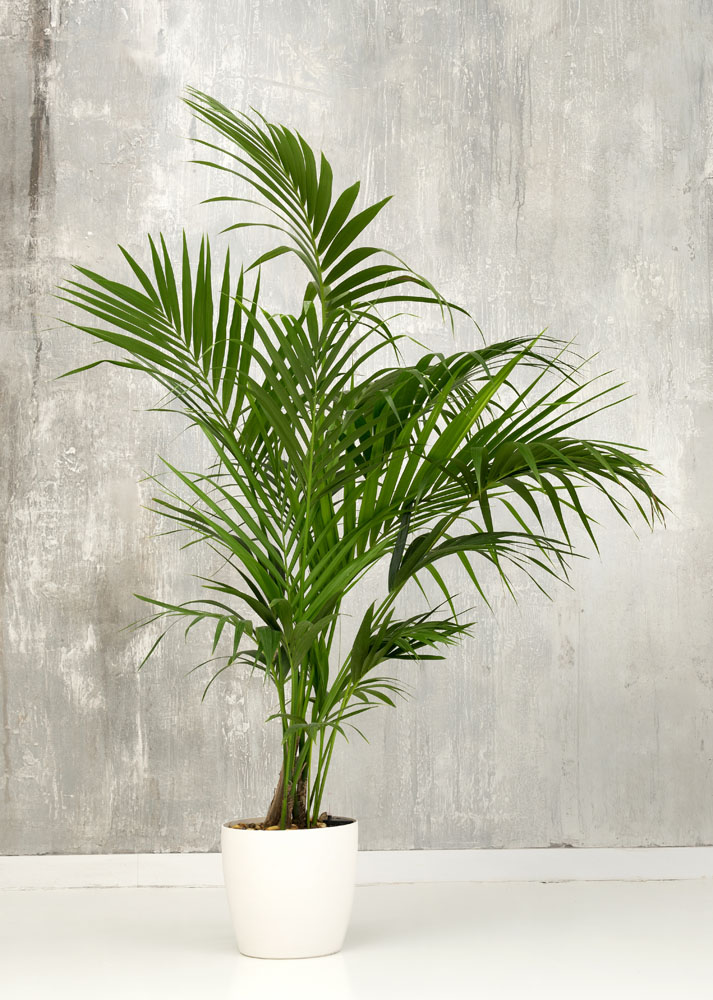Description
Howea – Sentry Palm – Kentia Palm –
There are 2 species of upright, single stemmed palms, in this genus. They occur at low altitudes, to 1,000′ feet high, usually on basalt soils, on Lord Howe Island, Eastern Australia. The long stalked, pinnate leaves are arranged in terminal cluster with no crownshaft, and star shaped, 3 petaled flowers are borne on long spikes between them. Howeas are highly tolerant of adverse growing conditions such as those found in a home: reduce light, fluctuating and low temperates, lack of humidity, and general neglect. Where not hardy, grow young specimens as houseplants.
Indoors, grow in soil based potting mix with equal parts added pulverized bark and leaf mold, in full light. Shade from hot sun and provide moderate humidity. In growth, water moderately and apply a balanced liquid fertilize monthly, water sparingly in winter.
Prone to fungal leaf spots, root rot, lethal yellow, maganese deficiency, scale insects, and spider mites.
H. forsteriana – Kentia Palm – Thatch Plam – K. forsteriana – This moderately slow growing palm from Lord Howe Island grows 30-60′ feet tall and 20′ feet wide, outdoors. It produces slender stems, ringed with old leaf scares. Long stalked, pinnate, mid to dark green leaves, 6-10′ feet long, are borne almost horizontally. The leaves are composed of numerous narrowly lance shaped, semi lustrous leaflets with pendent tips. In summer, bears star shaped, green female and pale brown male flowers, in erect, later pendent, axillary cluster of spikes to 3′ feet long. They are followed by ellipsoid, orange-red fruit, to 3/4″ long. Can withstand coastal conditions and is best known as a houseplant.
Zones 11-12





